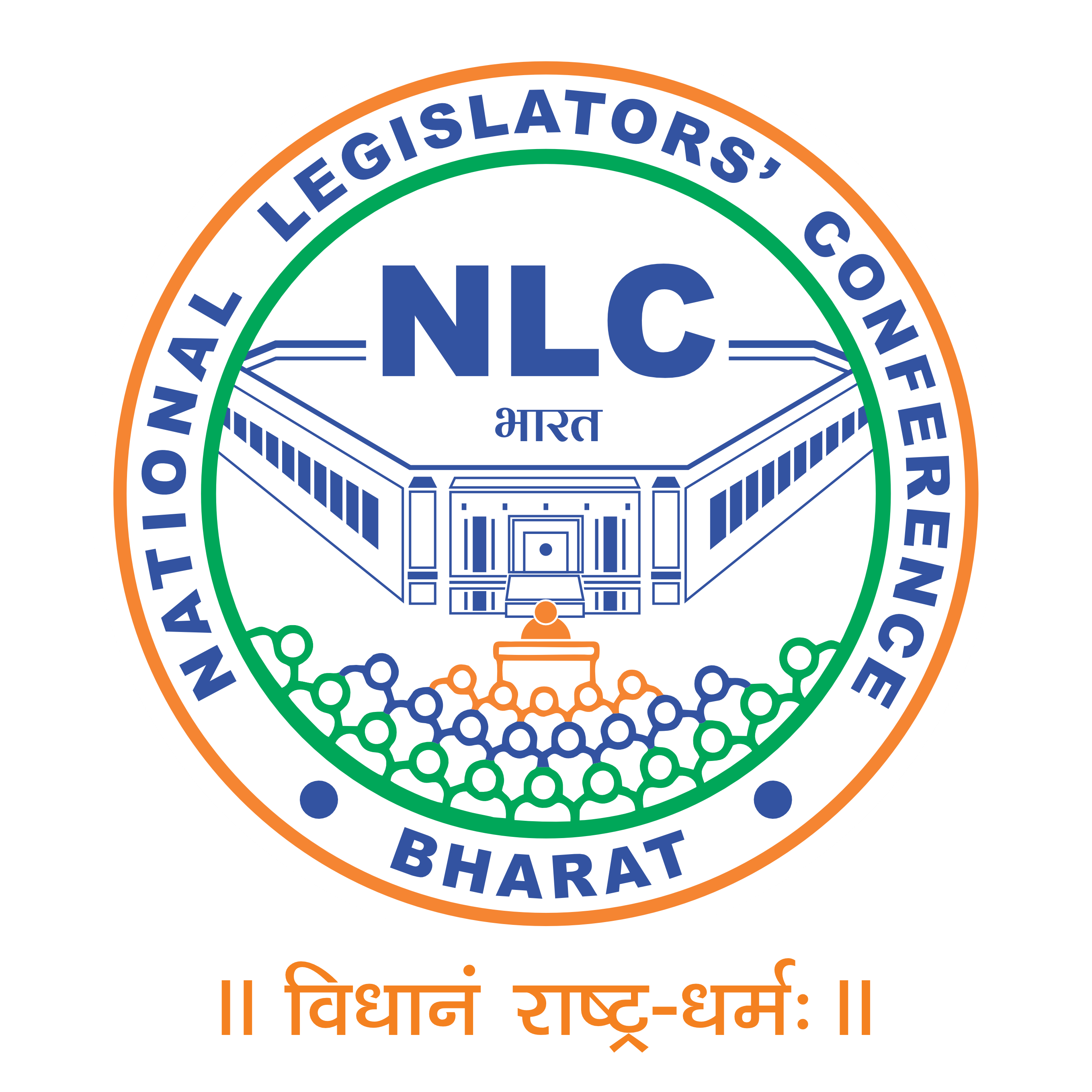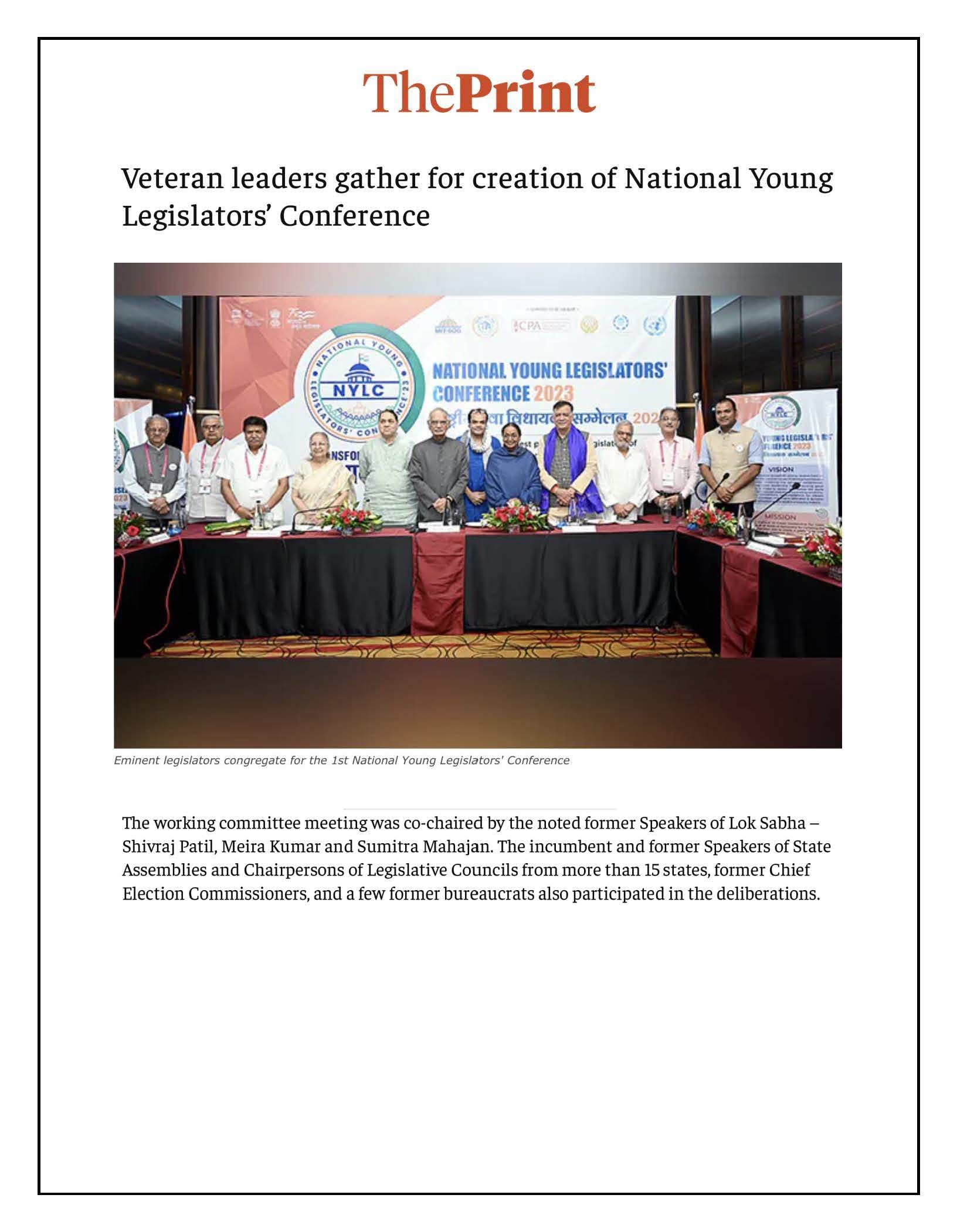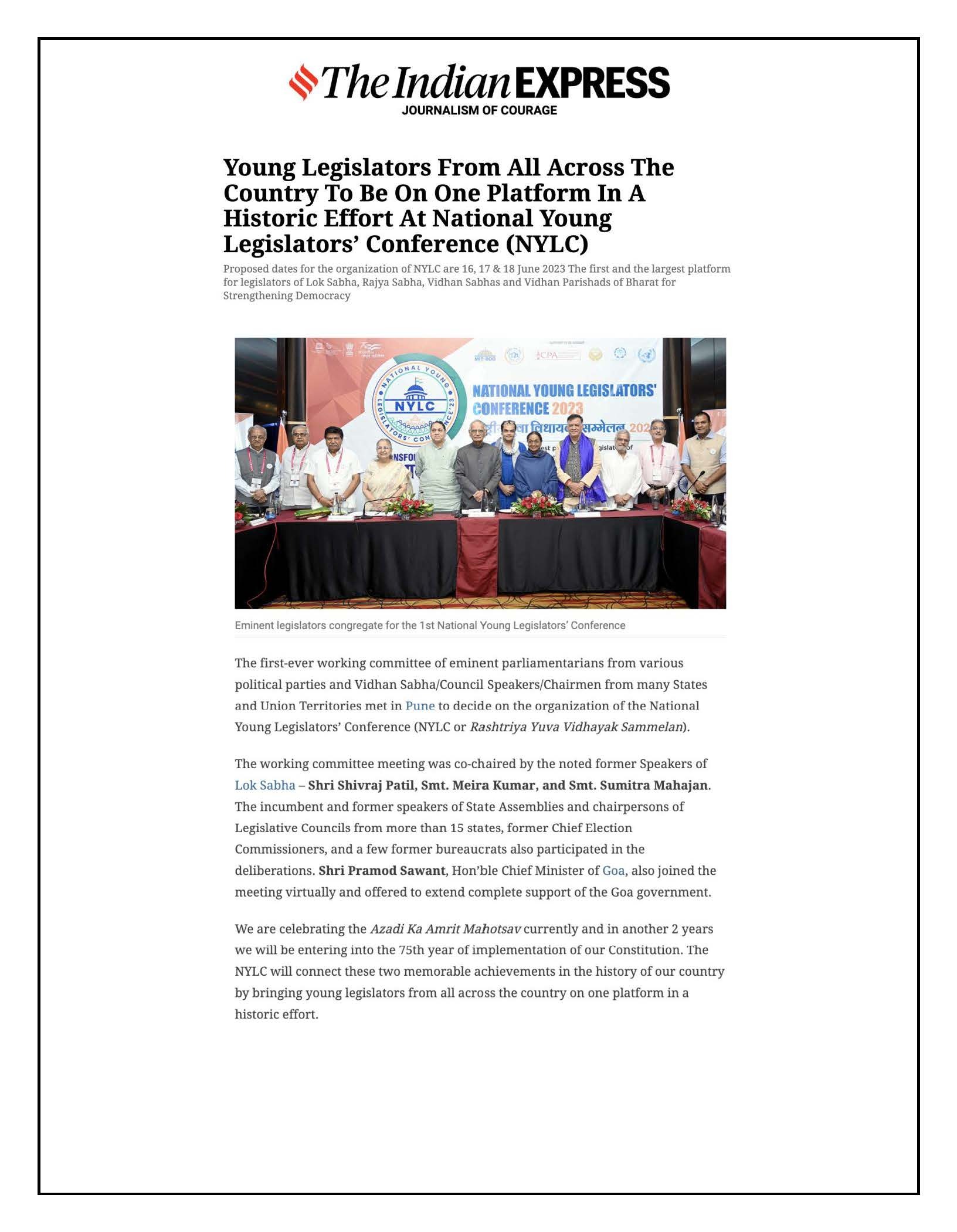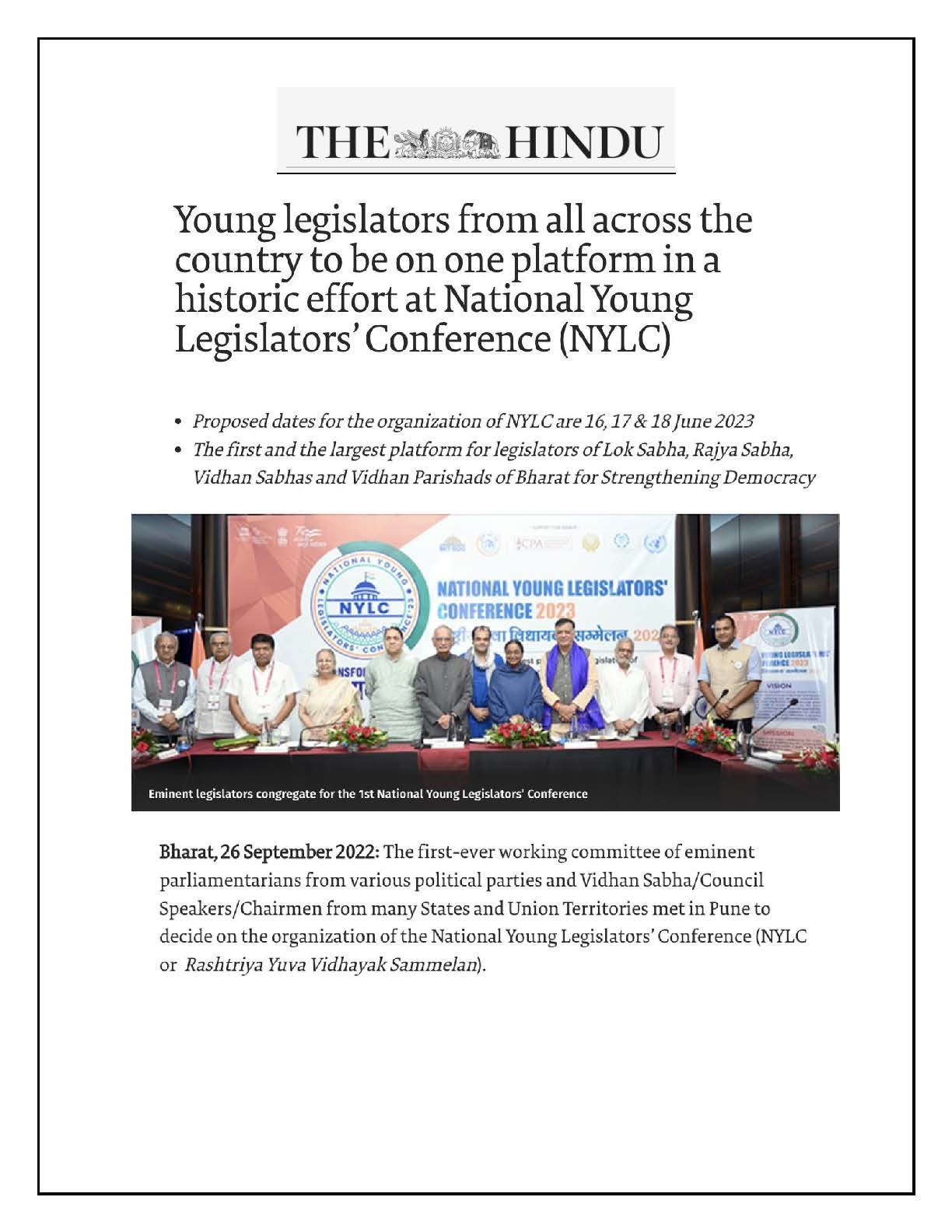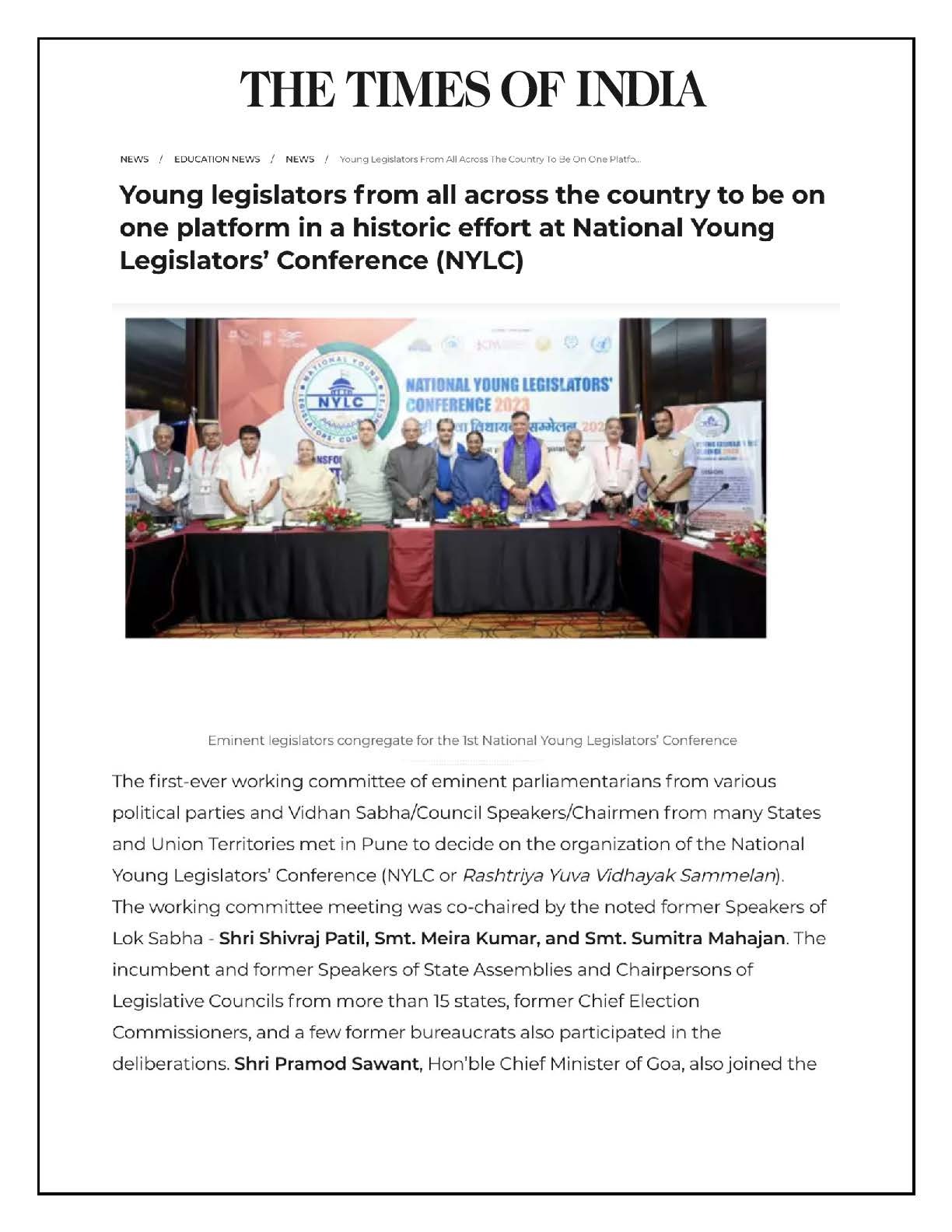India as a “bright spot” in the world economy and a key contributor to global growth has emerged a leading player in the post-Covid world order. India has achieved the status of the world’s sixth-largest economy with a GDP of US $2.7 trillion. Consequently, even after 75 years of independence, India continues to be labelled as a “developing country.” Various factors hinder the nation’s progress, including regionalism, communalism, casteism, favoritism, cronyism, and economic disparity. Sceptics also point out the prevalent culture of bureaucratic inefficiency and “red tape,” which significantly impedes national growth.
Bureaucracy, as traditionally described, encompasses characteristics such as complexity, division of labor, permanence, professional management, hierarchical coordination, strict chain of command, and legal authority. In 2012, the Indian bureaucracy was ranked as the worst in Asia, with officials rarely being held accountable, leading to industry’s mistrust towards the government. While bureaucracies across different political systems share similarities and differences, their primary function, as suggested by Ferrel Heady, should be instrumental, acting as agents rather than masters. It is unrealistic to consider bureaucracy as detached from political processes and policymaking.
As a developing nation, India relies on the government to perform various roles such as regulation, mediation, support, service provision, and promotion of national standards for a decent standard of living. It is important to recognize the capabilities of Indian bureaucrats who have effectively served the national interest. For instance, during the peak of the COVID-19 pandemic, Dr. Rajendra Bharud successfully reduced cases by 75% and ensured oxygen self-sufficiency in his district. IAS Officer Rajendra Bhatt implemented the Bhilwara Model to effectively contain the spread of the virus. Furthermore, Dr. T. Arun, the Puducherry District Collector, developed the “Neer Padhivu” app, which facilitated the restoration of numerous water bodies. Other noteworthy initiatives include “Nammude Kozhikode” and “Varsha Kal Nidhi” focusing on rainwater harvesting, as well as Sandeep Nanduri’s “Café Able” providing employment opportunities for differently-abled individuals. Similarly, IAS officer Awanish Sharan’s “Sanghi Express” doorstep ambulance service significantly reduced medical costs in tribal areas of Kabirdham by up to 90%. These examples illustrate the remarkable efforts and achievements within the Indian bureaucracy.
Although bureaucracy is often viewed negatively, its persistence indicates that it possesses inherent advantages. Considering this, participants in the session can engage in discussions revolving around the following questions:
- What strategies can be employed to cultivate a positive perception of the Indian bureaucracy?
- What steps will ensure a collaborative atmosphere between the stakeholders, civil servants and the peoples representative.
- How can innovative bureaucratic initiatives be effectively communicated and implemented nationwide?
- What challenges do bureaucracies face in executing development projects, and how can these challenges be addressed?
- How can political leaders facilitate and enhance interactions between the bureaucracy and civil society?
